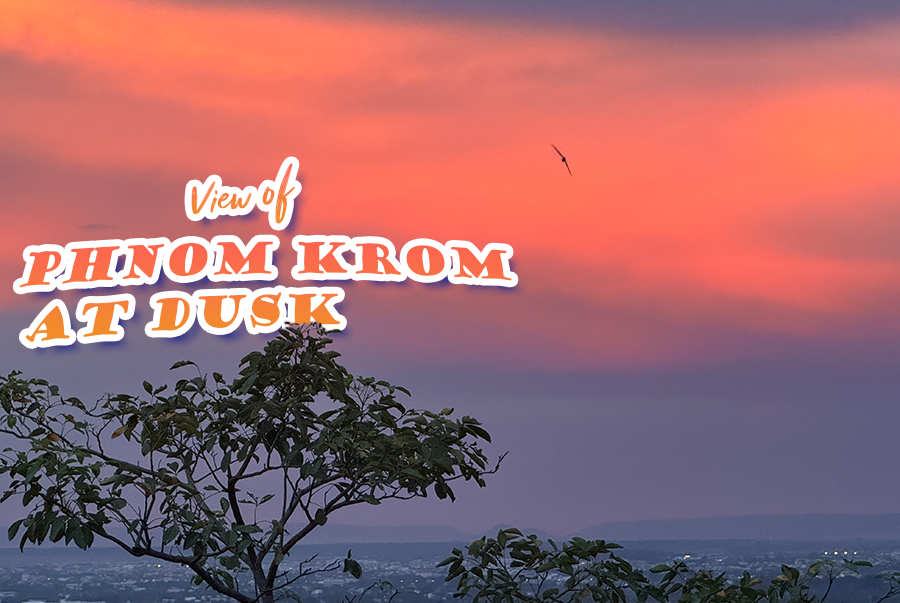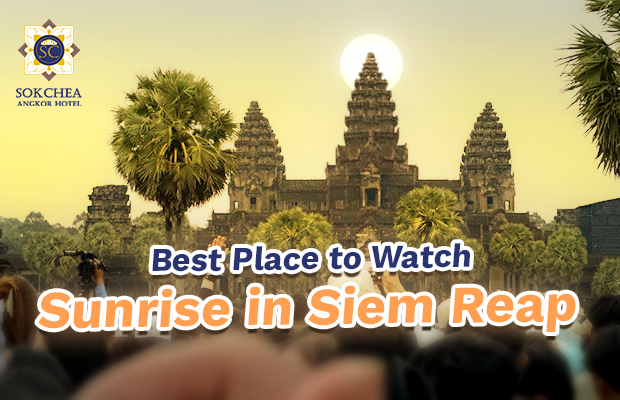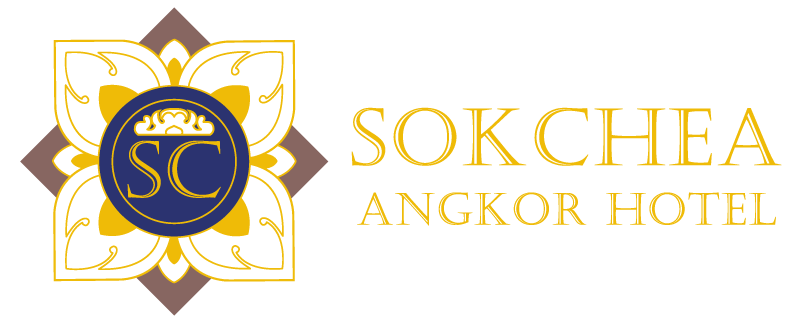View of Phnom Krom at Dusk: Sunset Serenity Near Siem Reap
While most visitors to Siem Reap rush to catch the famous sunrise over Angkor Wat, few realize that some of the most peaceful and breathtaking views in Cambodia happen at the end of the day—particularly at Phnom Krom. Located about 12 kilometers south of the city, Phnom Krom offers a magical setting to witness the sun dip below the horizon. Watching the sunset from this hilltop temple is a perfect way to unwind after a day of exploring, offering quiet beauty, expansive views, and a glimpse into Cambodia’s serene countryside life.
Phnom Krom is a small hill rising from the flat plains near Tonlé Sap Lake. At its summit stands an ancient temple, built in the late 9th century during the reign of King Yasovarman I. Though modest in scale compared to Angkor Wat, the temple ruins of Phnom Krom have a unique charm. Timeworn stones, faded carvings, and crumbling towers lend the place a sacred, peaceful atmosphere that becomes even more enchanting as the day fades into night.
As you ascend the hill—either by motorbike, tuk-tuk, or a short climb on foot—you’ll start to see the sky changing colors. Dusk at Phnom Krom is not only beautiful but also calm. The warm glow of the setting sun lights up the stone temple in golden hues, while the surrounding landscape shifts into soft shadows. Below, the vast Tonlé Sap Lake glimmers in the fading light, and local fishing boats begin returning to shore, creating a picture-perfect scene that feels straight out of a painting.
Unlike the busy sunrise spots around Siem Reap, Phnom Krom at dusk remains largely untouched by crowds. Most tourists have returned to town for dinner, leaving this sacred hilltop peaceful and often nearly empty. This allows visitors to experience the temple and surrounding nature in solitude, making it an ideal destination for couples, photographers, or anyone simply looking for a quiet moment to reflect.
For photographers, the view at dusk offers spectacular opportunities. The soft lighting, colorful sky, and reflections over the water create stunning compositions. Bring a tripod for low-light shots, and arrive around 5:00 PM to catch the full range of changing colors. If you’re lucky, you might witness birds flying across the lake, silhouetted against the vibrant horizon.

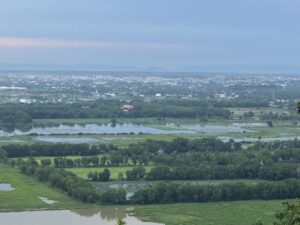
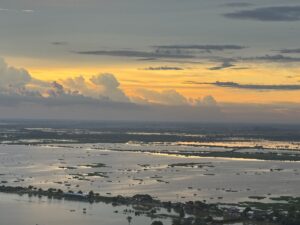
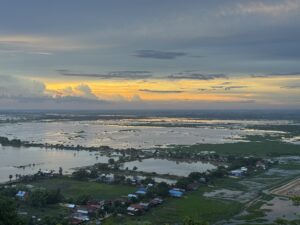
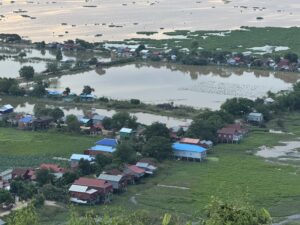
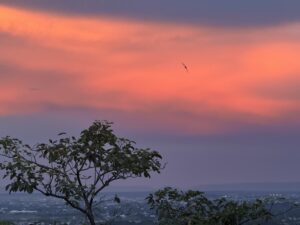
Getting to Phnom Krom is easy from Siem Reap. A tuk-tuk ride takes about 25–30 minutes, and the drive itself is a pleasant journey through local villages and rice fields. There is usually no entrance fee, though occasional guards may be present. As the path can be uneven and there are no lights after dark, it’s best to start heading down shortly after sunset to ensure a safe return.
If you’re planning your trip to Siem Reap and want to experience something truly peaceful, don’t miss the chance to visit Phnom Krom at dusk. Whether you’re traveling solo, with a partner, or in a small group, it’s a quiet escape that offers spiritual beauty, stunning views, and a unique way to connect with Cambodia beyond the main tourist routes.
Make Sokchea Angkor Hotel your home during your Siem Reap adventure—just minutes away from hidden gems like Phnom Krom and offering comfort, culture, and warm Cambodian hospitality.
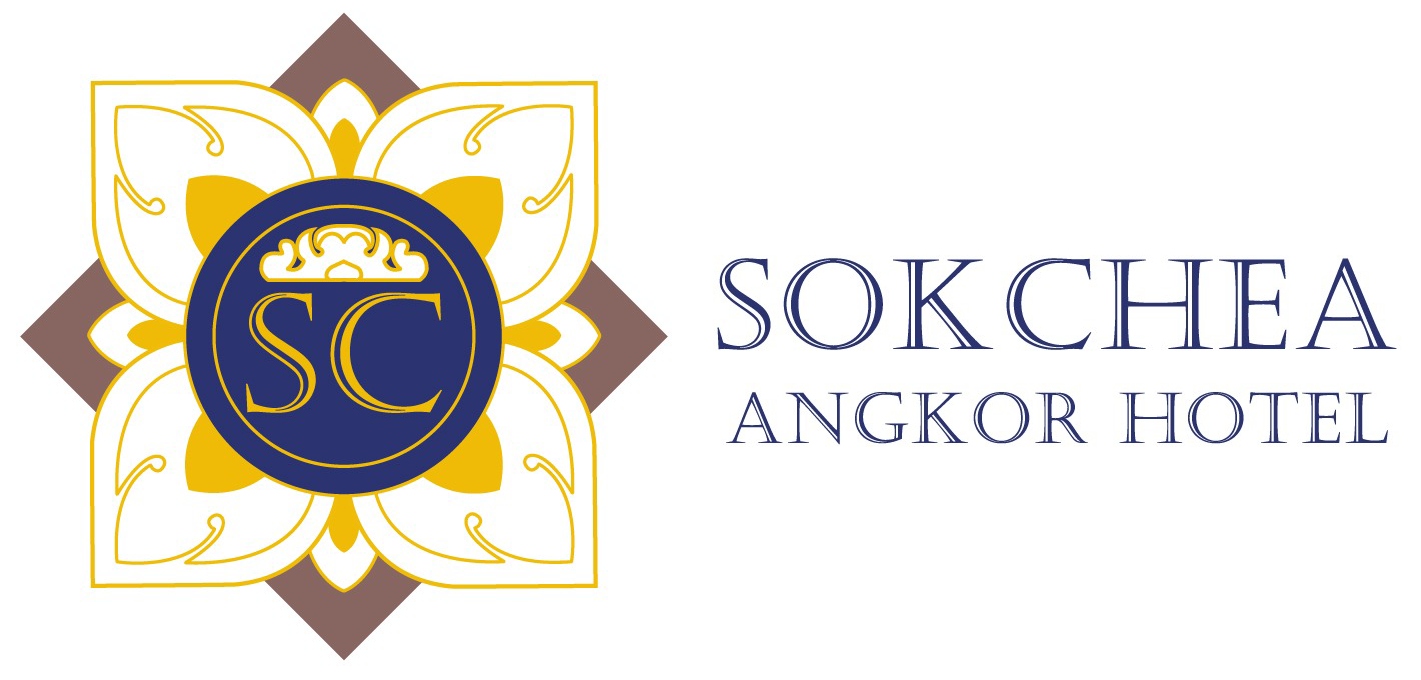
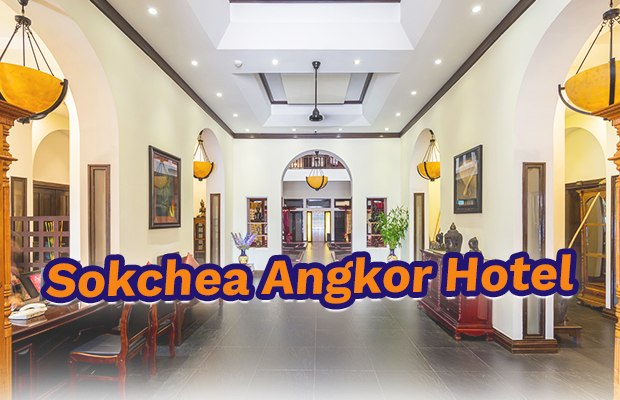
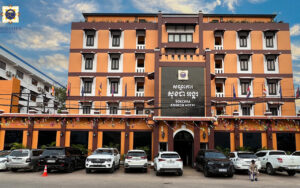

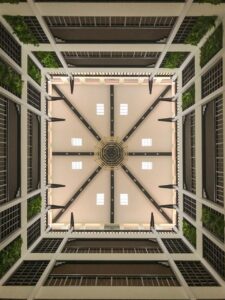 The hotel’s interior design also merges colonial elegance with Khmer touches. High ceilings and wide corridors, characteristic of French Colonial architecture, ensure airflow and natural light, which were practical features adapted to the tropical climate. Meanwhile, the choice of traditional patterns, warm wood tones, and handcrafted décor pieces pay tribute to Khmer artistry. This thoughtful combination creates an environment that is both comfortable and culturally immersive.
The hotel’s interior design also merges colonial elegance with Khmer touches. High ceilings and wide corridors, characteristic of French Colonial architecture, ensure airflow and natural light, which were practical features adapted to the tropical climate. Meanwhile, the choice of traditional patterns, warm wood tones, and handcrafted décor pieces pay tribute to Khmer artistry. This thoughtful combination creates an environment that is both comfortable and culturally immersive.